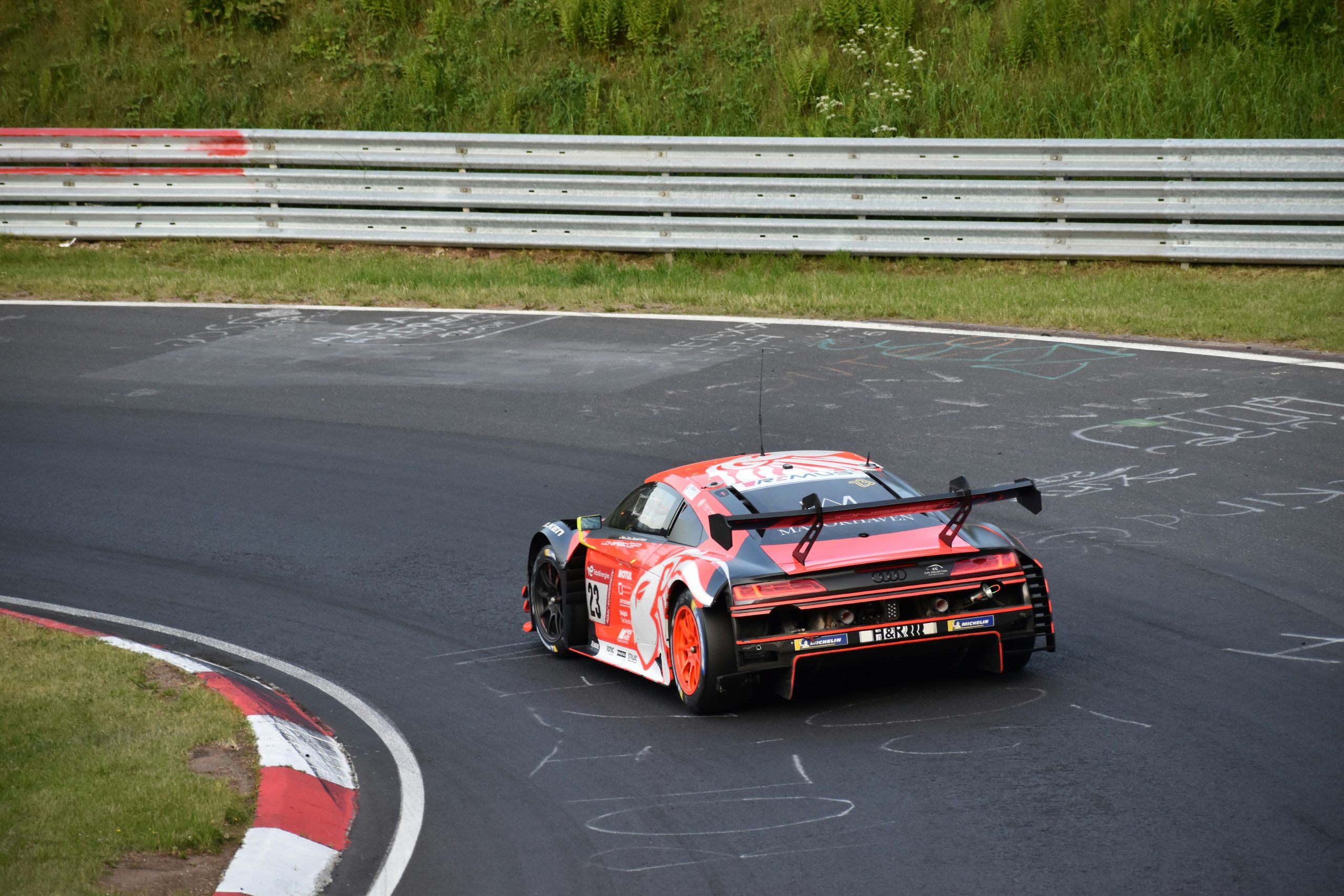Formula One’s regularly evolving schedule sees the list of contracted Grand Prix venues change almost every single year. In some ways, the addition of new venues keeps the competition fresh and exciting, although there is always the factor that fan-favourite tracks are occasionally cut.
Here we will look at the most iconic former F1 venues – those that fans looked forward to every single year before they sadly faltered and lost their contract to host a leg of the leading motorsports competition on the planet.
Nurburgring
The Nurburgring is without doubt one of the most iconic racing circuits in the world. A remarkable 150,000 spectators can fit within its stands to overlook the high-speed corners and lengthy start-finish straight.
It is in some ways bizarre that the one-of-a-kind location is not utilised to fill the current void of a German GP when one single nation – the United States – has as many as three GP’s on the 2024 calendar.
The next American offering will come in late October in Austin, where in the bet on sports market Lando Norris is an EVENS favourite. Paddy Power News suggests his championship rival Max Verstappen will provide the strongest competition when the US’ takeover of the F1 calendar continues.
The Nurburgring was a regular F1 circuit for almost 20 years between 1995 and 2013 and also made a brief return as a substitute venue in 2020. It was once one of the races that fans awaited most eagerly, yet now 11 years after its permanent removal, the competition is in a position where it does not offer a German race at all, but the tour visits the US three times a year.
The Nurburgring is a prime example of a venue that should never have left the F1 schedule. The competition’s decision-makers have looked to enter new markets in the Americas and Asia in the past decade, yet have neglected one of their most historic nations in Germany, specifically the track an hour outside of Cologne.
Sepang International Circuit
Sepang International Circuit is one of the few East Asian venues that have hosted F1 races in the past. The Malaysian circuit was one of the most exciting on the F1 calendar in its 18 years between 1999 and 2017.
The location always promised intense racing due to its almost parallel straights that culminated in hairpins, which meant overtaking around the corners was no easy feat.
The circuit was not quite a universal fan-favourite over its F1 tenure – evidenced by one of its reasons for removal being falling ticket sales – but it consistently offered a scintillating experience for fans who watched at home. Few tracks past or present have offered a stronger test of raw speed than the track in Sepang.
The International Circuit in Malaysia also crucially provided long-term East Asian representation – which was much-needed for a competition that was then mainly hosted by European and North American nations.
Ultimately, F1’s modern approach of attacking new markets, and looking to secure the most lucrative contracts possible, has seen some extraordinary circuits be cut from the yearly schedule.
The Nurburgring and Sepang would without doubt be successful reintroductions when it comes to the on-track side of things, and in the coming years, the commercial factors could align to make their returns possible.
